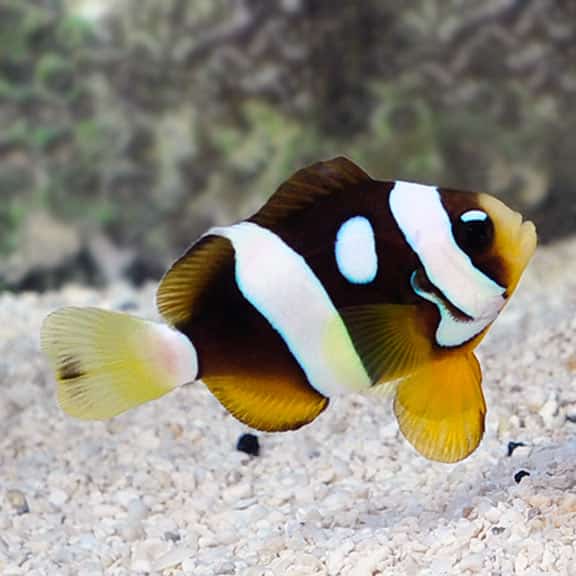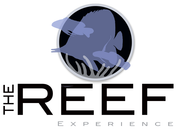The Reef Experience
Clarkii Eyelash Clownfish, Amphriprion clarkii (tank bred). pairs
Clarkii Eyelash Clownfish, Amphriprion clarkii (tank bred). pairs
Couldn't load pickup availability
Pearl Eye Clarkii Clownfish make for a stunning fish to have in your aquarium. These fish also go by the name Eyelash Clarkii. They share the characteristic of other clownfish. For instances, they have three prominent white bands and a warm body colour. Clarkiis’ have everything there is to love about clownfish, but they are plus size. These chunky fish have wider bodies, fatter heads, and longer fins. As a result of their body shape, these fish really do look quite cute. Pearl Eye Clarkii Clownfish also sport a white spot on their side, which gives the fish its name.
In nature, Clownfish form strict hierarchies, where the dominant fish is female. In the absence of a matriarch, a larger male clown will change gender and become the new boss. This is protandrous hermaphroditism. When it is time to lay eggs, the breeding pair will clear an oval shaped space for brood to go. The male Pearl Eye Clownfish take up the job of guarding and fanning the eggs. Success of the brood depends on how attentive the subordinate males were.
Famously, Clownfish share a symbiotic relationship with anemones. The Anemones offer the clownfish protection against predators. This is so, because anemones have stinging cells called nematocysts. Clownfish have protective mucus coats, which prevents the host from stinging them. In return, the Pearl Eye Clarkii Clownfish brings in food and keeps the Anemone free from parasites.
Clownfish are omnivorous, they will eat some algae and small meaty foods such as zooplankton or larvae.
Pearl Eye Clarkii Clownfish pair are omnivores and do best when fed a varied diet. They will accept frozen Mysis and enriched frozen brine shrimp. They will also devour live foods, such as copepods and amphipods, that can be cultivated in attached refugium. Over time they will accept high-quality pellet and flake.
For further information on keeping Marine fish please follow this link below
https://ornamentalfish.org/what-we-do/advice-information/care-sheets/caresheets-marine-fish/


